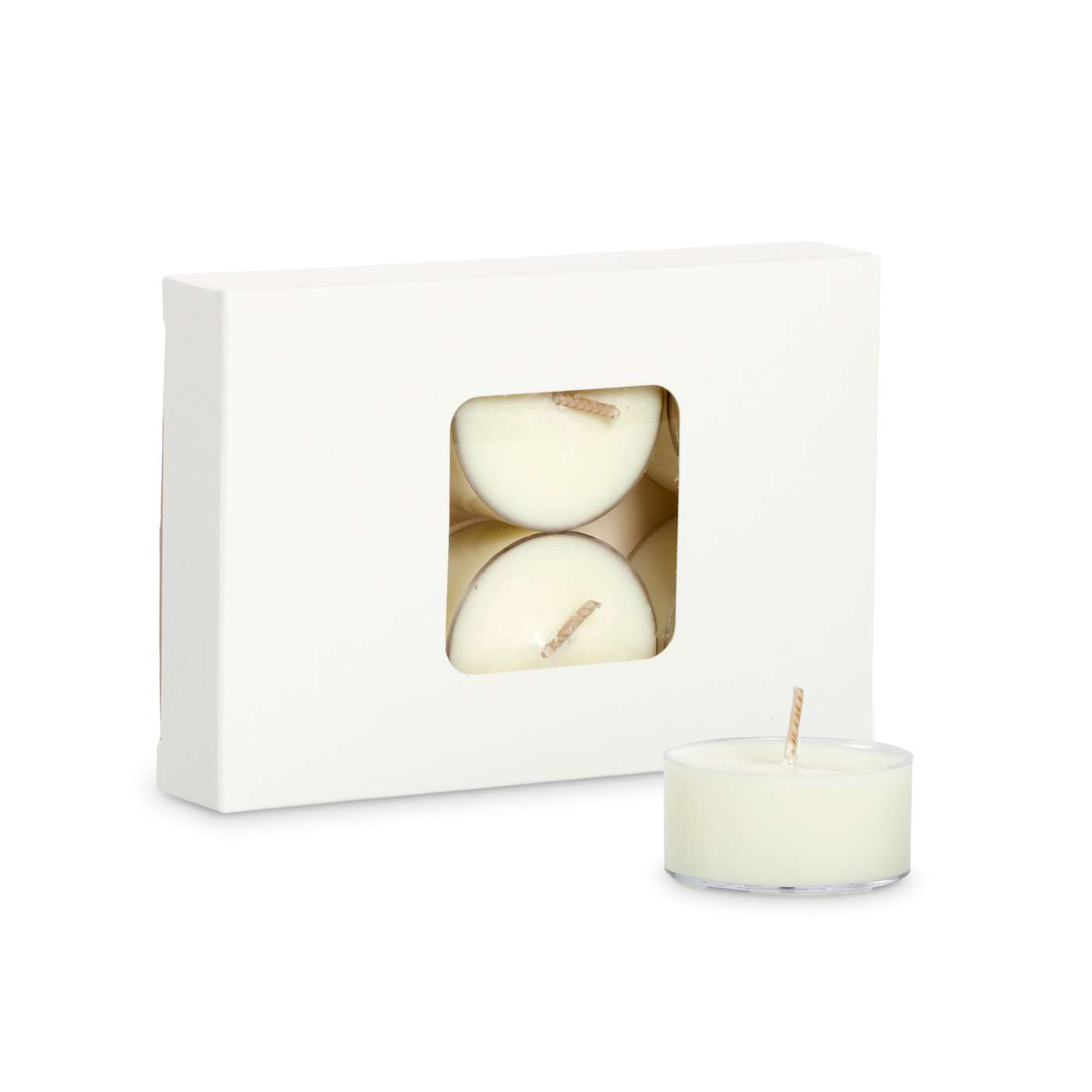Shop Sustainable Soy Wax Candles and Home Fragrance Collections
Shop Sustainable Soy Wax Candles and Home Fragrance Collections
Blog Article
From Wick to Wax: Understanding the Chemistry Behind Soy Wax Candles and Their Environmental Influence
As we brighten our areas with the cozy glow of candles, there lies a world of elaborate chemistry behind the relatively easy act of lighting a soy wax candle light. The choice in between soy and paraffin wax prolongs past mere appearances, delving into the world of ecological effect and the very structure of the products. Recognizing the molecular framework of soy wax and its burning procedure clarifies the emissions released right into our environments. Join us as we unravel the clinical details behind soy wax candles and explore their ramifications on our environment.
Soy Wax Vs. Paraffin Wax
When comparing soy wax and paraffin wax for candle making, it is essential to comprehend the unique features and benefits of each material. Soy wax is a natural, eco-friendly source originated from soybean oil, making it environmentally friendly and biodegradable - soy wax candles. On the other hand, paraffin wax is a byproduct of petroleum refining, which raises concerns regarding its ecological impact and sustainability
Soy wax candles burn cleaner and emit much less soot compared to paraffin wax candle lights, making them a much healthier choice for indoor air top quality. Furthermore, soy wax has a reduced melting point, permitting a longer-lasting candle that disperses scent more successfully. Paraffin wax, on the various other hand, has a tendency to burn faster and much less cleanly, possibly launching dangerous chemicals into the air.
From a sustainability perspective, soy wax is preferred for its biodegradability and eco-friendly sourcing, straightening with the expanding consumer choice for ecologically conscious items. While paraffin wax has been a traditional choice in candle making due to its price and simplicity of usage, the shift in the direction of eco-friendly options like soy wax is obtaining momentum in the sector.
Chemical Structure of Soy Wax

Combustion Process in Soy Candles
The chemical composition of soy wax straight affects the burning process in soy candle lights, influencing aspects such as shed time, scent launch, and ecological influence. When a soy candle light is lit, the heat from the fire melts the wax near the wick. This liquid wax is after that created the wick due to capillary action. As the liquid wax gets to the fire, it vaporizes and undertakes burning. The combustion process involves the vaporized hydrocarbons in the wax reacting with oxygen airborne to produce heat, light, water vapor, and carbon dioxide.
The burning efficiency of soy candles is influenced by the pureness of the soy wax and the high quality of the wick. Furthermore, soy wax candle lights have a lower environmental impact contrasted to paraffin candle lights due to their sustainable and eco-friendly nature.

Environmental Advantages of Soy Wax

Taken into consideration a lasting option to typical paraffin wax, soy wax provides noteworthy ecological advantages that make it a preferred option amongst eco-conscious customers. One considerable benefit of soy wax is its eco-friendly sourcing. Soy wax is originated from soybean oil, which is primarily grown in the USA. The cultivation of soybeans assists support neighborhood farmers and lowers the dependency on non-renewable fossil fuels utilized in paraffin wax production. In addition, soy wax is biodegradable, meaning it More hints breaks down normally without launching dangerous contaminants into the setting. This particular makes soy wax candle lights a more eco-friendly option contrasted to paraffin wax candles, which are made from petroleum, a non-renewable resource. Soy wax burns cleaner and creates less soot than paraffin wax, adding to much better interior air top quality and minimizing the need for cleansing and upkeep. Overall, the environmental benefits of soy wax straighten with the expanding demand for green and lasting items on the market.
Recycling and Disposal Factors To Consider
Reusing and proper disposal of soy wax candle lights play a crucial function in keeping environmental sustainability and minimizing waste in houses and communities. When it comes to recycling soy wax candle lights, the very first step is to guarantee that the candle has shed entirely.

In terms of disposal, if recycling is not an alternative, soy wax candle lights are biodegradable and can be securely thrown away in most home waste systems. However, it is always suggested to talk to regional reusing facilities or useful source waste management solutions for details guidelines on candle light disposal to make certain proper handling and ecological security.
Final Thought
In conclusion, the chemistry behind soy wax candle lights exposes their ecological benefits over paraffin wax candles. Soy wax, obtained from soybean oil, burns cleaner and generates much less residue when contrasted to paraffin wax.
When comparing soy wax and paraffin wax for candle production, it is vital to my website understand the distinct characteristics and advantages of each material (candles).Soy wax candles burn cleaner and discharge less soot compared to paraffin wax candle lights, making them a much healthier option for interior air top quality.Taken into consideration a sustainable alternative to traditional paraffin wax, soy wax uses significant ecological benefits that make it a preferred selection amongst eco-conscious customers. Soy wax burns cleaner and produces much less residue than paraffin wax, contributing to far better interior air top quality and minimizing the requirement for cleansing and maintenance.In conclusion, the chemistry behind soy wax candle lights discloses their ecological advantages over paraffin wax candles
Report this page